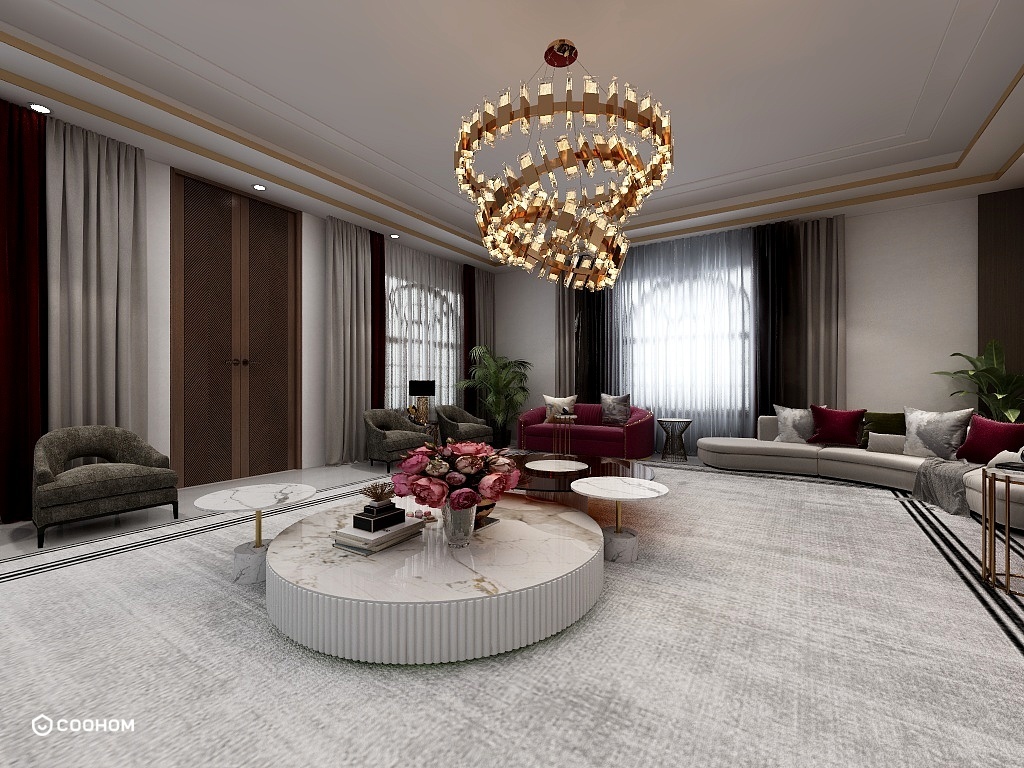How to create an interior design portfolio with no experience: A beginner's guide to building your first interior design portfolio

Creating an interior design portfolio can seem daunting, especially if you're just starting out and feel like you have no experience. However, with a clear plan and some creative thinking, you can showcase your skills and style effectively. Here’s a step-by-step guide to help you build a stunning portfolio that highlights your potential as an interior designer.
First, consider your personal style and the type of work you want to showcase. Even if you haven’t worked on professional projects, you can include any personal design work. Start by designing spaces in your own home or even helping friends and family with their interiors. Document these projects by taking high-quality photos and noting down your design choices, the rationale behind them, and the outcomes.
Next, you may want to create mock projects. Use Coohom or similar design software to create realistic 3D renderings of your design ideas. This not only gives you practice but also helps you create visually appealing content for your portfolio. Choose popular design styles and explore different color palettes and furniture arrangements. Don't forget to include before-and-after images if you're transforming an existing space.
As you gather your designs, think about how to present them. A portfolio can be physical or digital. If you opt for a physical portfolio, invest in a quality binder or portfolio case. Organize your works in a way that tells a story about your design journey. For digital portfolios, create a website or use platforms like Behance or Instagram to showcase your work. Make sure to include an engaging bio that reflects your passion for interior design.
Networking can also play a crucial role in building your portfolio. Attend local design events, join online forums, and connect with fellow design enthusiasts. Collaboration can provide you with more opportunities to work on real projects, thus enriching your portfolio. Moreover, consider volunteering your design skills for non-profit organizations or community projects, as this can add credibility to your experience.
Lastly, keep your portfolio updated. As you gain more experience, continue to refine and expand your collection. Highlight your most recent projects and best work, and don’t be afraid to remove older pieces that no longer represent your current style or skills. Remember, a portfolio is a living document that evolves with your career.
In conclusion, creating an interior design portfolio without experience is entirely possible. By showcasing personal projects, mock designs, and building connections within the design community, you can present a compelling portfolio that reflects your unique style and potential. Good luck on your journey as an interior designer!
Tips:
1. Use high-quality images and clear descriptions for each project.2. Keep your portfolio organized and visually appealing.3. Regularly update your portfolio as you gain more experience.
FAQ
Q: How many projects should I include in my portfolio?A: Aim for 5-10 of your best projects to start with, but quality over quantity is key.
Q: Is it necessary to have professional experience to create a portfolio?A: No, you can include personal projects, mock designs, and volunteer work to showcase your skills.
welcome to Coohom
Please check with customer service before testing new feature.

